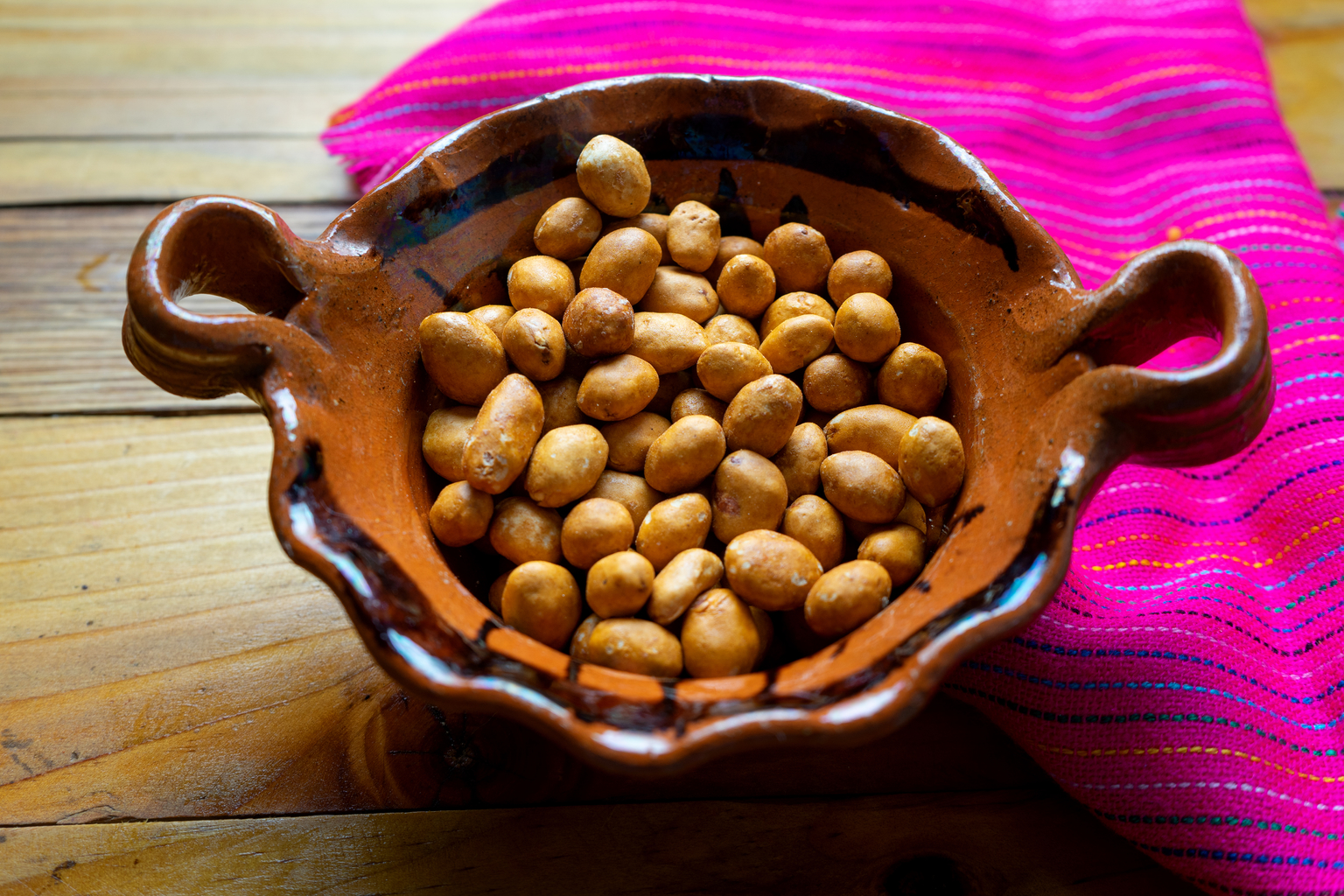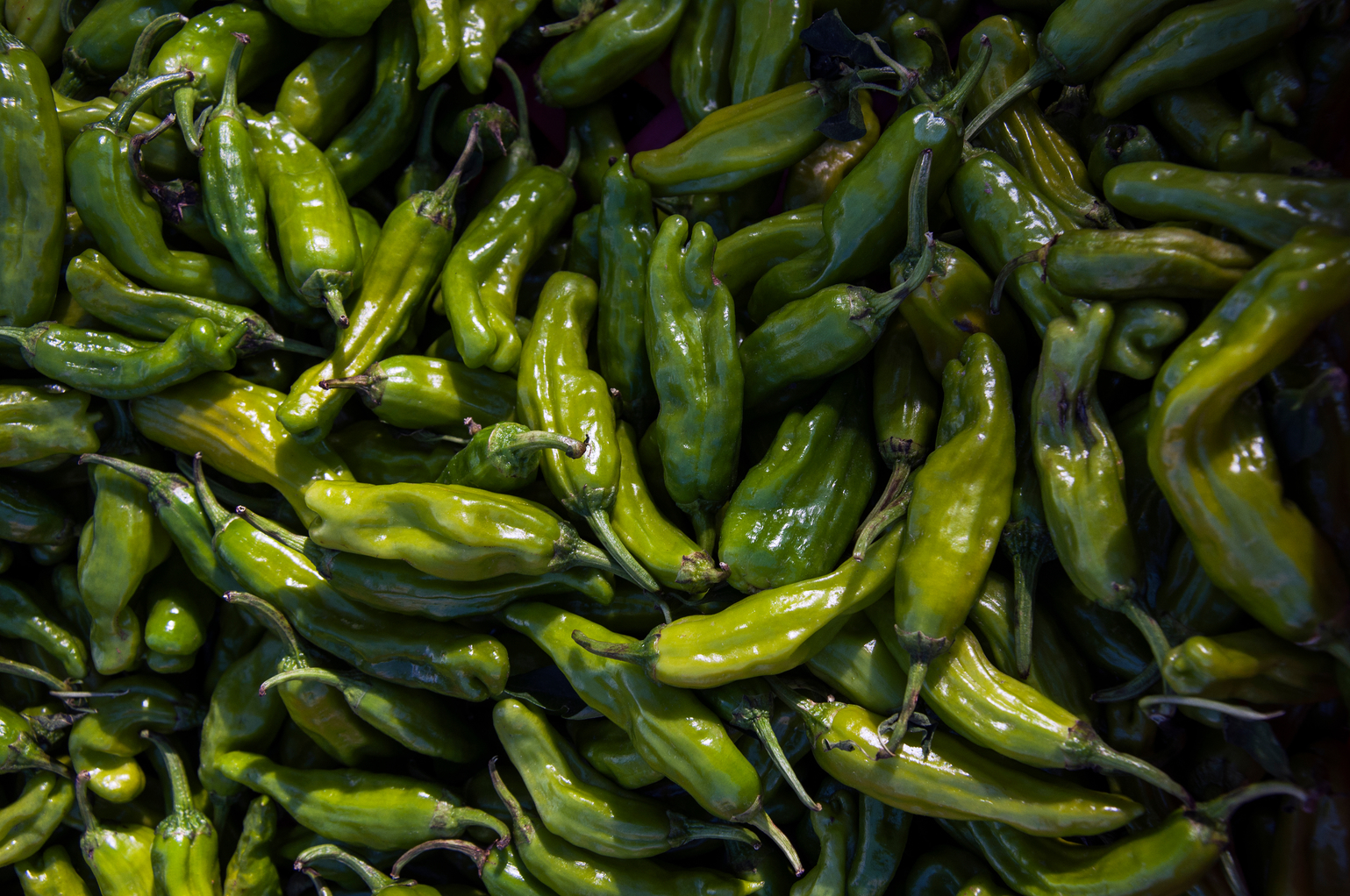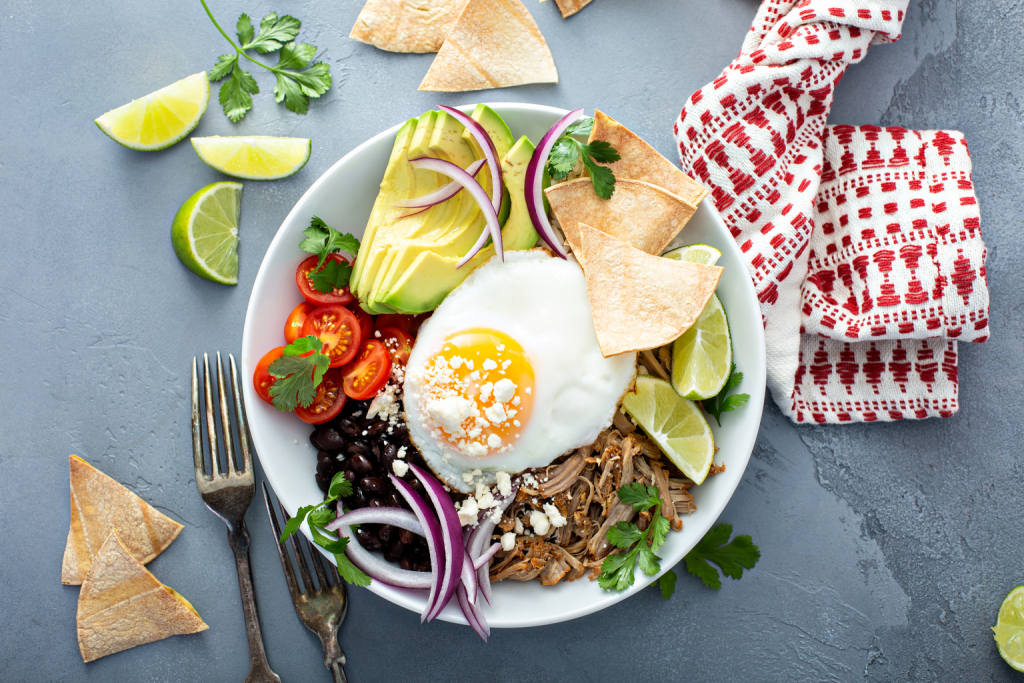Latin food is a broad topic that can encompass completely distinct cuisines. For instance, specific beverages like Cuban coffee or dining styles such as the all-you-can-eat Brazilian churrasco, both of which you can find in Tokyo. In this article, though, we are focusing on the relationship that Japan has with cuisines from Northern Mexico and the Southwestern region of the United States.

Taco Rice: A Japanese Classic with Southwest Roots
The story goes that bar owner Matsuzo Gibo opened a restaurant in Kin, Okinawa called Parlor Senri. This is where he first served taco rice, which he added to the menu of other neighboring restaurants. With the success of both his restaurant and its unique Japanese take on Southwestern US and Norteño Mexican cuisine, he decided to make it the star attraction at the original Kin location of King Tacos.
The seasoned ground meat, topped with lettuce, tomato and cheese, all stacked atop a bed of white rice, tells the story of a chef and businessman whose inspiration was to reach homesick American military personnel.
It may not come as a surprise to folks in Kin, but this success has not solely been thanks to taco rice. The truth is that the menu of King Tacos has gone the extra mile to compete with and stave off threats from international brands like Taco Bell in Okinawa.
A formula of adaptation, price and community pride has given King Tacos the distinction of the most successful Mexican food restaurant chain in Japan. While Okinawa may be quite different from the rest of mainland Japan, this formula for success should probably serve as a roadmap for other Mexican, Southwestern US and Tex-Mex style restaurants. Their presence in the market is only growing. It says good things about the future of Mexican and cowboy foods going forward.

Japanese Peanuts: A Mexican Snack with Japanese Roots
The typical hallmarks of any snack section at most Mexican grocery stores are obleas (dulce de leche, sandwiched between two thin communion-style wafers), tamarindo (tamarind fruit mixed with sugar and peppers), Jarritos (a brand of carbonated fruit drinks), Jumex (a fruit juice brand) and Japanese peanuts.
What are Japanese peanuts, you ask? Simply put, they’re deep-fried wheat flour and soy sauce battered peanuts. In English, they are sometimes called “cracker nuts” due to the cracking sound they make when biting into them.
The origins of these unique snacks came from Yoshigei Nakatani Moriguchi. He moved from Hyogo Prefecture to Mexico City, where he worked for entrepreneur Heijiro Kato at the Nuevo Japón department store. He settled into his new life there in 1932. However, he was then thrown a curveball when the war broke out. His boss, Kato, was forcefully sent back to Japan, accused of being a spy for the Empire of Japan. This left Moriguchi in a difficult position, but he relied on his ingenuity.
When he was younger, he worked at a candy store in Sumoto, Hyogo. Remembering this, he decided to open his own shop from home. Alongside his wife, they sold typical Mexican street sweets. The big profits came when he combined Mexican and Japanese ingredients to create a peanut snack with chili pepper, rice flour and soy sauce. The snack quickly became very popular.
Moriguchi parlayed that into a business called Nipon, which supported the family for years to come. So much so that he was able to support the career of his son Carlos Nakatani, who became a famous Mexican artist.

Dr. Roy Nakayama: Pioneer Horticulturist of the Southwestern United States
Dr. Fabián García, the horticultural expert that developed the New Mexico chile pepper, blended Nuevo México’s Hispano and Pueblo pepper varieties to create the first commercially viable 6-4 cultivar of modern New Mexico chile. Garcia’s students at New Mexico State University continued his work, preserving and creating New Mexico chile peppers, including a man named Roy Nakayama.
Nakayama’s father was originally from Toyama Prefecture and had become a farmer in Nebraska before he moved to El Paso. After the couple had many children, they moved to Las Cruces, New Mexico, where his son Roy would go to school at New Mexico College of Agriculture and Mechanic Arts (later becoming New Mexico State University).
Nakayama is dubbed “Mr. Chile” for his work in developing numerous New Mexico chile peppers, including the Big Jim cultivar which is the largest New Mexico spicy pepper variety. He also created a non-spicy variety of New Mexico chile for his own wife Rose, who had trouble eating spicy foods, called the R. Naky pepper cultivar in her honor.
To this day, during the late summer and early autumn harvest season, the air across New Mexico becomes fragranced with the savory scent of roasting fresh green chile. New Mexico chile is now directly responsible for a $50 million industry.
Nakayama’s legacy in improving New Mexico chile peppers helped to develop and popularize the Mexican food industry in the United States. It helped preserve a New Mexican cuisine staple, from the ancient Pueblo and Nuevoméxicano communities, which is used in classic dishes such as enchilada montada, breakfast burritos, green chile burgers, and as a modern topping on pizzas or in the New Mexico roll maki sushi.
Updated On March 6, 2022









